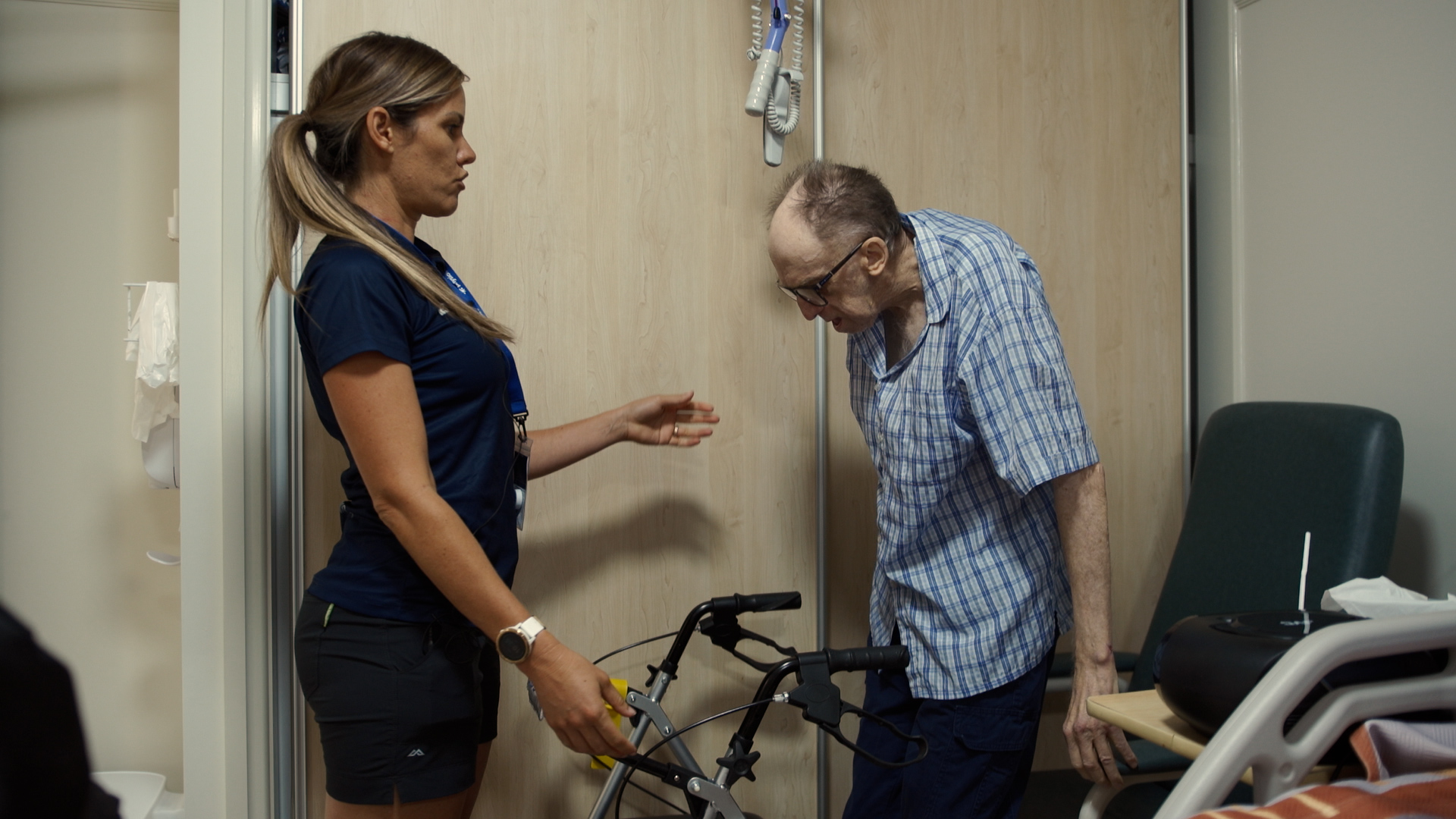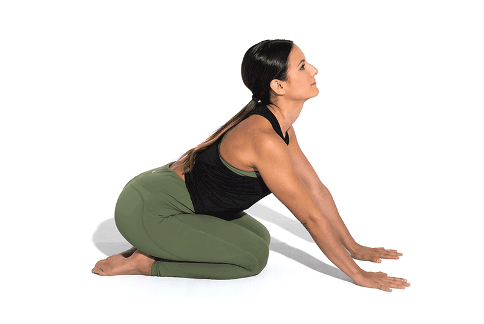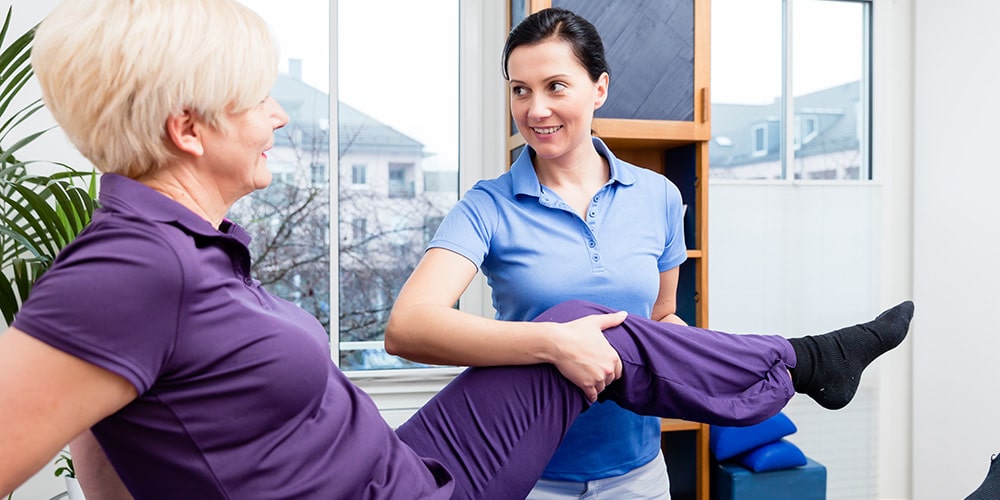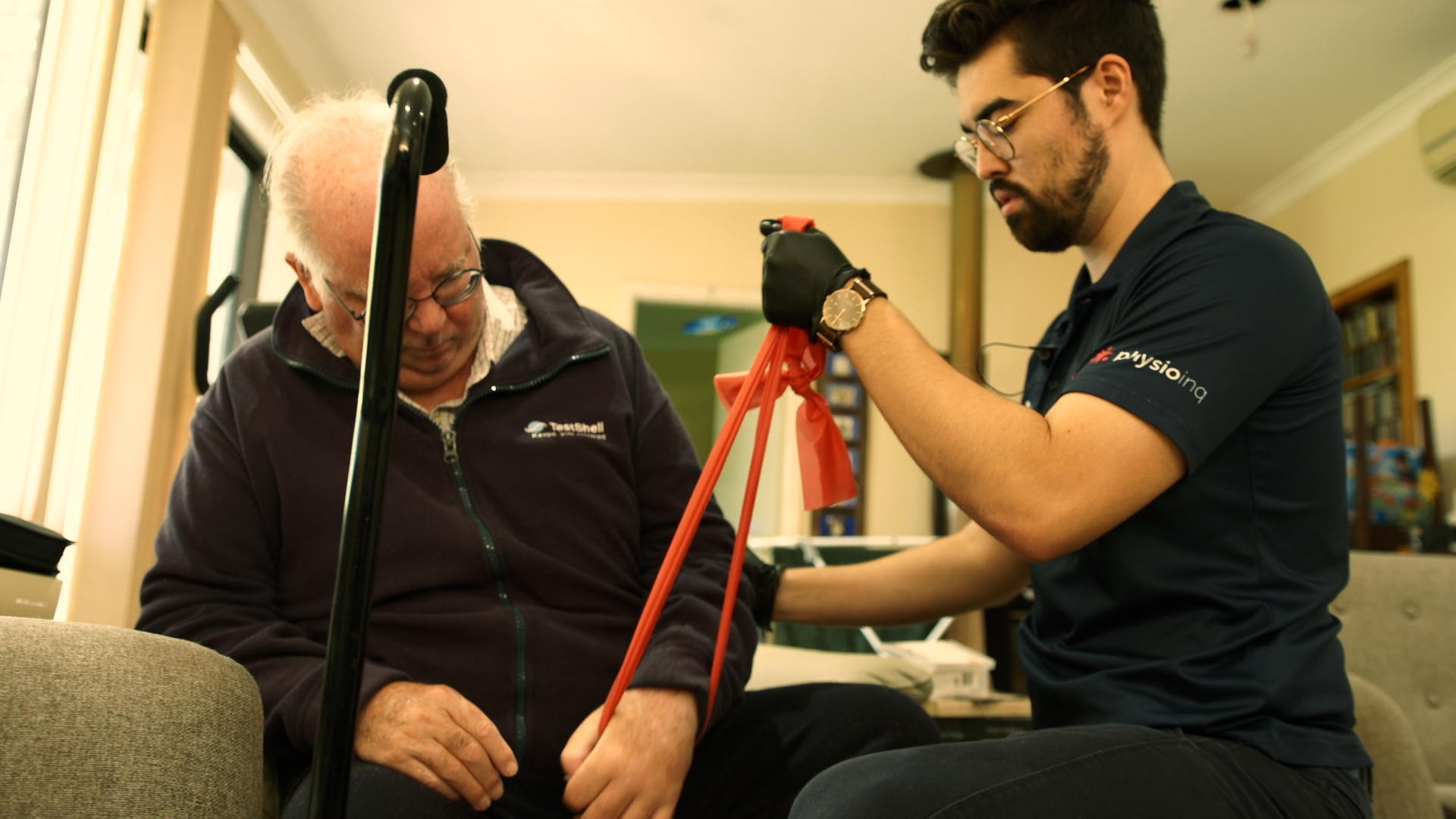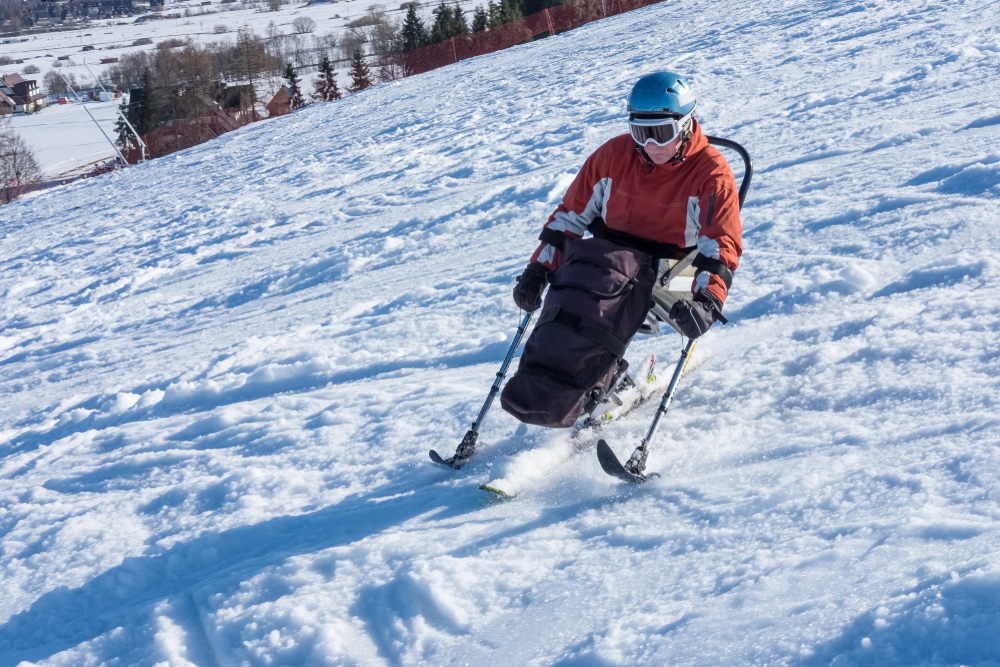Make an Appointment
Tendonitis is a painful condition caused by repetitive strain on your tendons. It can hold you back from fully enjoying life and participating in sports and other activities.
Manual therapy is a simple and effective treatment. Its hands-on approach to physiotherapy deals with the cause of the issue, instead of simply reacting to a problem.
In this post, we’ll be exploring how manual therapy can help tendonitis.
What is tendonitis?
The technical definition of tendonitis is inflammation or irritation of a tendon (the thick cords connecting bones and muscle).
Tendonitis is also known as:
- Swimmer’s shoulder
- Jumper’s knee
- Pitcher’s shoulder
- Tennis elbow
As you can see, tendonitis is quite common for athletes. While tendons are located all over your body, tendonitis generally occurs around your shoulders, elbows, wrists, knees, or heels.
Tendonitis ranges in severity from mild inflammation requiring only rest and ice to debilitating pain where surgery is the only option.
It is a painful but mostly preventable injury. If you recognise the symptoms early on, tendonitis is relatively easy to deal with.
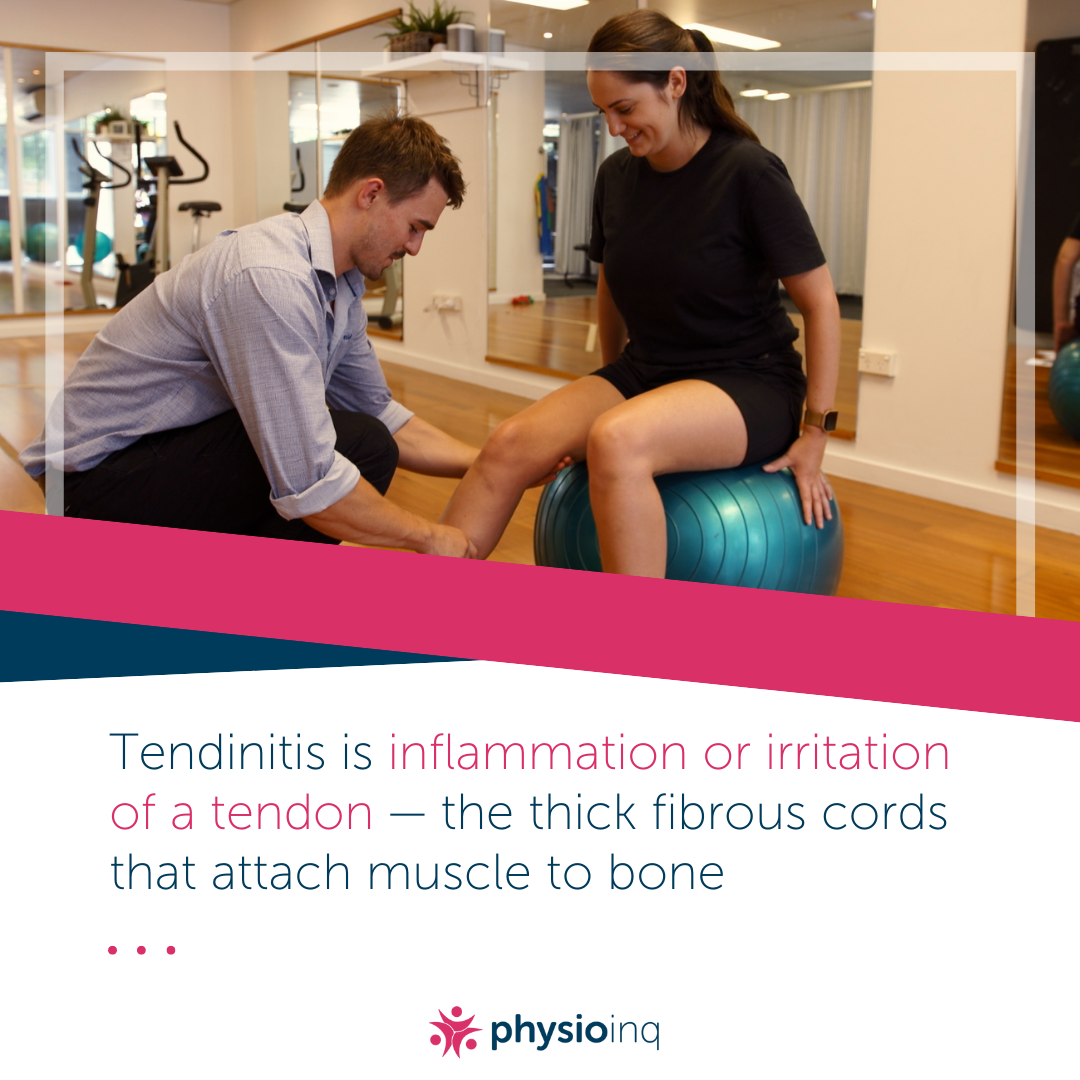
Symptoms of Tendonitis
The pain from tendonitis generally occurs at the point where the tendon connects with the bone. Common symptoms include:
- Swelling
- Weakness around the injury
- Decreased range of motion
- A lump on the tendon
You might also experience a dull aching pain around the affected tendon, which grows when you try to move it.
Diagnosing tendonitis is often a case of trial and error. The symptoms are quite general and could apply to many types of strain injuries.
Its overlapping symptoms mean professionals such as your physio will diagnose tendinitis through a process of elimination.
Normally, this is done through a physical examination though in some cases, an x-ray or other tests are needed to rule out the possibility of a similar injury like bursitis.
What causes Tendonitis?
Once the symptoms of tendonitis have been identified, physiotherapists will begin treatment. The first step is to identify what’s causing the tendonitis in the first place.
Tendonitis often stems from the repetition of a particular movement. This puts stress on the tendons and causes pain.
Tendonitis is often associated with sports as many athletes strain their tendons through a single repetitive movement like swinging a tennis racket or running.
Poor posture can also result in painful tendonitis.
What is the best therapy for Tendonitis?
Manual therapy is the best therapy for tendonitis as it improves posture, reduces pain, and helps prevent further injury. Its hands-on approach to physical therapy fosters positive change in the way you move.
Your physiotherapist will do this in a variety of ways. This includes guiding you through strength-building exercises designed to reinforce the muscle.
Manual therapy can also be used to re-train body mechanics. Your physio identifies, corrects, and prevents poor posture, reducing the stress placed on tendons.
Physios and other professionals will often recommend manual therapy as it reduces tension and modulates pain while facilitating movement.
Doctors agree that while rest has its place, you don’t want an injury to sit stagnantly. With tendonitis, careful movement is necessary to revitalise the tendon.
What is the most effective treatment for tendonitis?
The most effective treatment for tendonitis is RICE (Rest, Ice, Compression, Elevation). It’s a simple self-care technique ideal for minor injuries.
This works well for most cases of tendonitis. However, for more serious situations, it’s ineffective.
Manual therapy is a great solution as it helps heal your tendonitis instead of simply providing treatment for the pain.
Your physio will use manual therapy to guide you through healthier movement and correct poor posture.
They might also recommend a brace or similar support item. They reduce the weight and stress placed on your tendons, allowing them to heal.
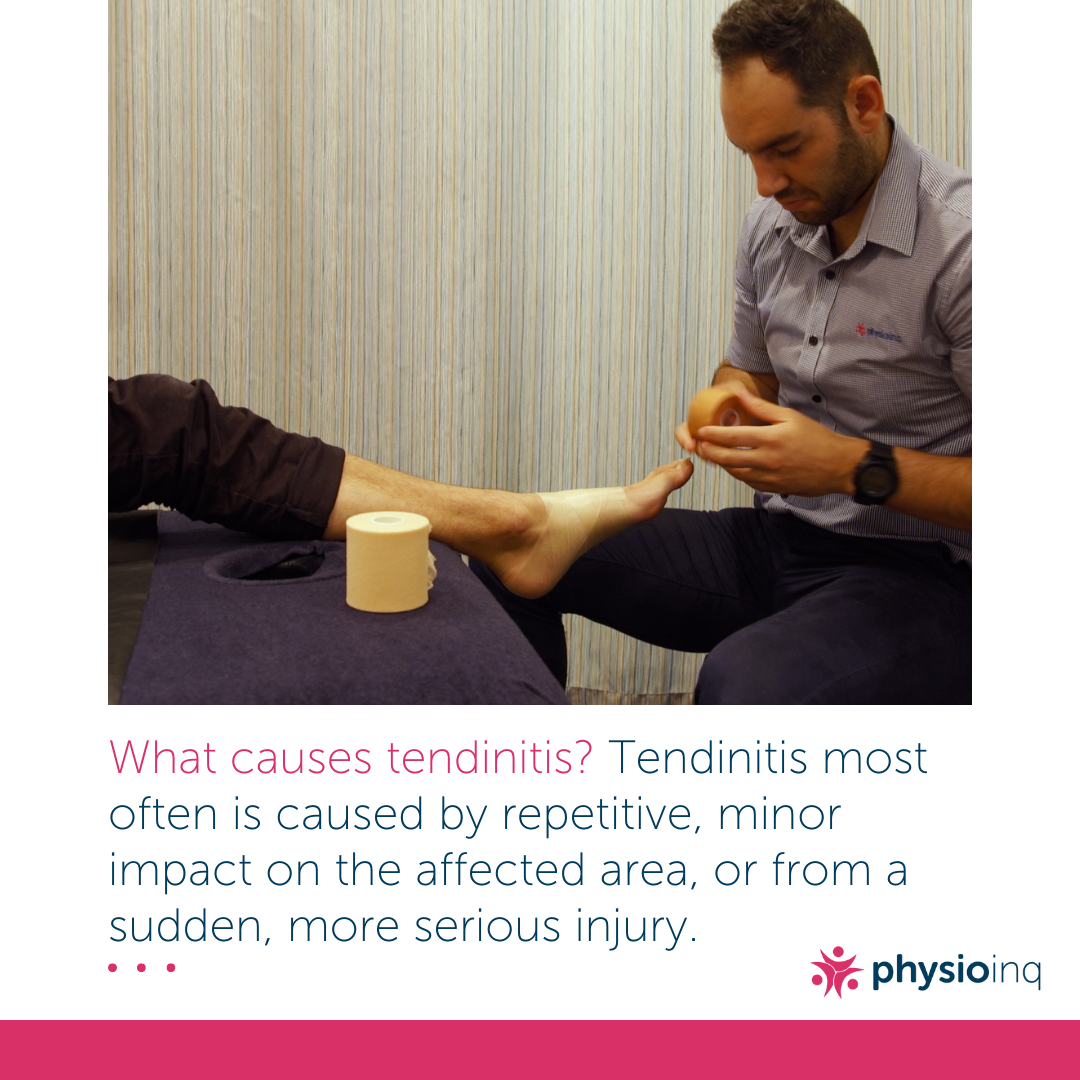
What does physiotherapy do for Tendonitis?
Physical therapy improves the strength of muscles and tendons. Not only will this decrease the pain of your tendonitis, but it will also increase your mobility.
By restoring function to the tissue, you’ll be able to regain some normality. However, there’s a fine line between healthy movement mending the tendons and overuse that only increases the pain.
Your physio will recommend specific physical therapy exercises. They will provide gentle stimulation to the tissue without straining its newfound mobility.
How to prevent Tendonitis?
Tendonitis is nearly always a preventable injury. As long as you remember to do the following, you’ll be fine.
- Vary your exercises. We’re not saying you need to go full-on and start dividing your week into abs day and legs day and all of that. However, switching up your exercises will prevent overuse of certain muscles and tendons.
- Warm up. It may seem obvious, but it’s often overlooked. Harvard professors and other professionals recommend a warm-up and cool down as you’re less likely to injure yourself
- Proper posture. If you have poor posture, then you might be placing too much stress on a small part of your body and causing inflammation.
These are some of the simplest strategies to prevent tendonitis and similar injuries. If you’re unsure about posture or how to best warm up, talk to a physiotherapist.
Surgery and Other Procedures for Tendonitis
Sometimes, if physical therapy has been postponed for too long or the tendonitis is quite severe, then surgery or similar procedures are necessary.
Doctors and physios might recommend:
- Dry needling. The physio slots a hair-thin needle into the muscle before removing it. This forces the muscle to contract and then relax, releasing muscular tension. As this muscle strain fades away, so does the stress on surrounding tissue like tendons.
- Surgery. In extreme circumstances, you may require surgery. The surgeon will generally make precise cuts into the skin over the tendon and sew the tendon together.
- Therapeutic ultrasound. This is a less invasive version of the above surgery. Instead of a surgeon sewing you together, they’ll insert a device that uses ultrasonic sound waves to remove damaged tissue.
In most cases, these procedures shouldn’t be necessary. If you notice any symptoms of tendonitis, then the best thing you can do is talk to a physiotherapist.
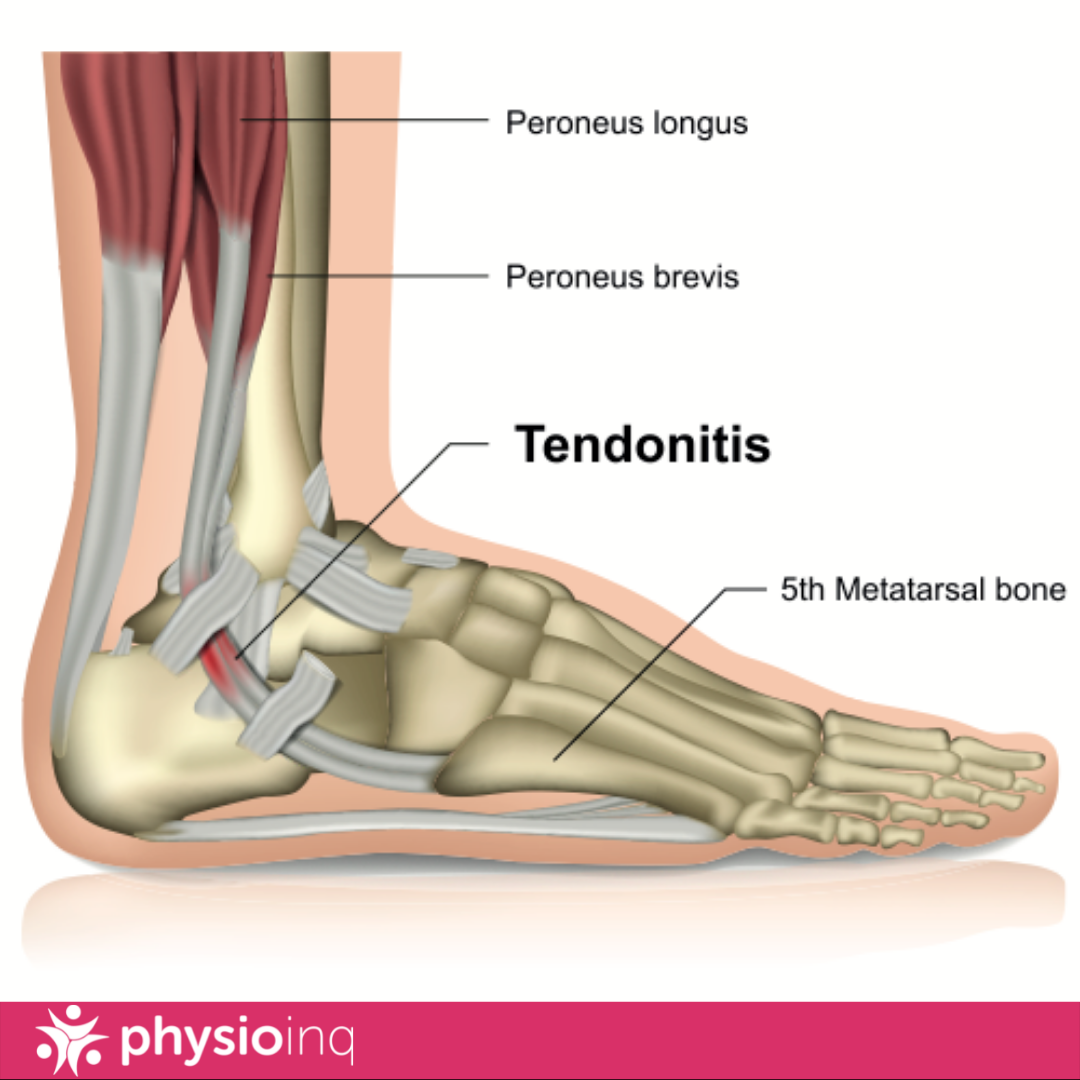
Conclusion
Tendonitis is a condition that varies greatly in severity. Initial treatments like the RICE method can work well for small cases.
However, these ‘reactive’ treatments are ineffective against more serious tendonitis as they only react to the pain.
Manual therapy is a hands-on, healthy approach that goes to the root of the problem and guides you towards healthier movement.
If you’re unsure about your symptoms or interested in learning more, head to Physio Inq. For relief from tendonitis pain through skilled physiotherapy, book an appointment today!
Date Published: Thursday, May 19, 2022
Locate a Mobile Physiotherapy
Service Near me
Get the experience & convinence you deserve to support your or a loved one's allied health needs.
Our Mobile Physiotherapy team are currently serving & taking appointments in the following states and regions in Australia:
Need to get into direct contact with ur Client Services team? We're all ears. Call our team directly on 1300 731 733
